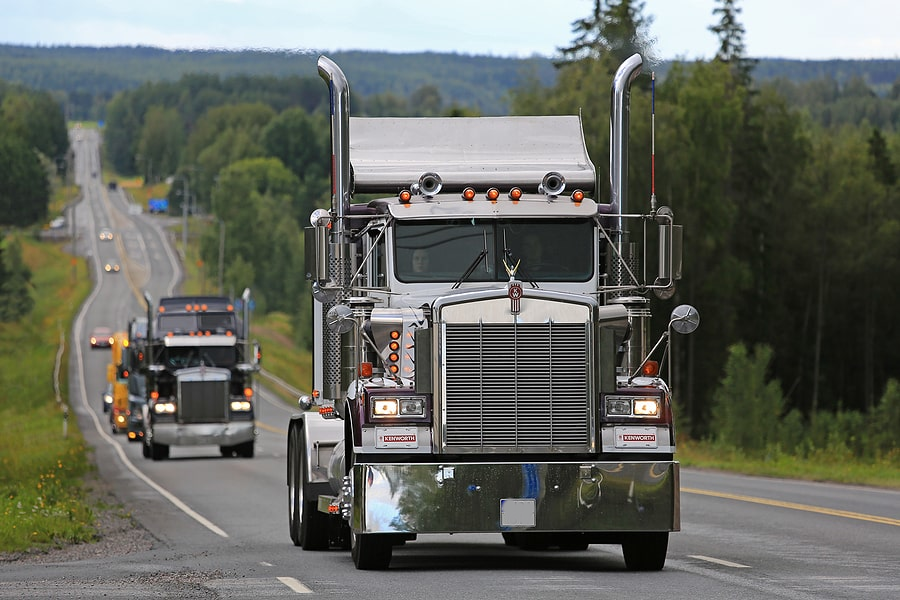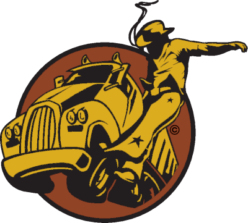
Detailing various available coverages and components of Non Trucking Liability
After my post last month, Basics of Trucking Insurance, Ed asked about “bobtail insurance.” The phrase itself is slang. It is not a legal name for insurance or insurance coverage. As such, bobtail insurance means different things to different people, depending on their perspective. That’s where the confusion that exists among some owner-operators begins.
Most think of bobtail Insurance as insurance to get the truck fixed after an accident. Some owner-operators have been led to believe that bobtail insurance is a form of “Commercial General Liability” (CGL) insurance, addressed in part in last month’s story. Contrary to popular belief, the FMCSA does not require any trucking company or truck owner to have CGL insurance. While it is advisable for a trucking company with a physical place of business (a dispatcher’s office, maintenance shop, warehouse, etc.) to have a CGL policy, it is almost never useful insurance for a one-truck owner-operator, whether leased to a carrier or not.
Some trucking companies see bobtail insurance as a method to attempt to insulate themselves from lawsuits when owner-operators who are leased to them operate their trucks while on their own personal time. Or, put another way, not under dispatch.
When owner-operators, leased to a carrier, say we only want the required bobtail insurance, what we are asking for is something called “Non-Trucking Liability” (NTL) insurance. NTL is the only required part of any set of coverages that might be called “bobtail insurance.” NTL protects us for liabilities while we are driving our truck during personal time and not under the control of the trucking company we are leased to. If we cause damage to someone or someone’s property for which we are liable, this insurance is what pays those damages and claims. In other words, we’ve been in an accident while not under the control of the trucking company we are leased to and we’re at fault. (IMPORTANT: NTL is NOT, nor does it ever “act like” commercial general liability insurance.)
Another insurance coverage available for purchase with bobtail insurance is something called “Physical Damage” and/or “Comprehensive” and “Collision.” This is the insurance that gets our truck repaired when we’ve been in an accident in which we are at fault. Physical damage insurance is for any accident at any time, including when under the control of the trucking company we are leased to and when we’re on personal time not driving for the carrier we’re leased to. This is the only insurance coverage that will get your truck fixed when you are in an accident that you are at fault for. Physical damage is not required by law but is highly recommended for any truck owner to protect their investment. Personally, I would never purchase non-trucking liability and not elect to purchase physical damage.
In some circumstances, physical damage can even protect a truck owner when they are not at fault for an accident. This occurs when the other driver’s insurance company denies the claim. If that does happen, the truck owner’s insurance company can pay the claim (truck repair costs) and then seek to recover those costs from the other driver or the other driver’s insurance company.
I would never reject or decline “Un-Insured” and “Under-Insured” motorist insurance as part of my bobtail insurance policy. These are vital insurance coverages that provide us insurance for both bodily injury and property damage when the other driver is at fault but has no insurance or not enough insurance to cover the cost of the claim.
These two coverages sound easy enough to understand, but oftentimes we don’t realize their true value. That’s especially true when talking about under-insured motorist coverage. Many personal vehicle drivers elect to carry only minimum coverage for their personal auto liability insurance. Coverage amounts are written (illustrated on the policy) this way: Per person/Per accident/Property damage. States’ minimum liability coverages range from $10K/$10K/$0K up to $50K/$100K/$25K. When we are in an accident and the other driver is at fault and only has minimum coverage of $10K per person in bodily injury damage, what happens when our medical expenses are $80,000? That’s when our under-Insured motorist insurance kicks in and saves the day by paying the additional $70,000.00 and thus helping us avoid cumbersome and expensive lawsuits.
In my opinion, this coverage is the most valuable part of un-insured and under-insured motorist insurance.
To get more great business tips and trucking news visit Overdrive extra! ![]()
